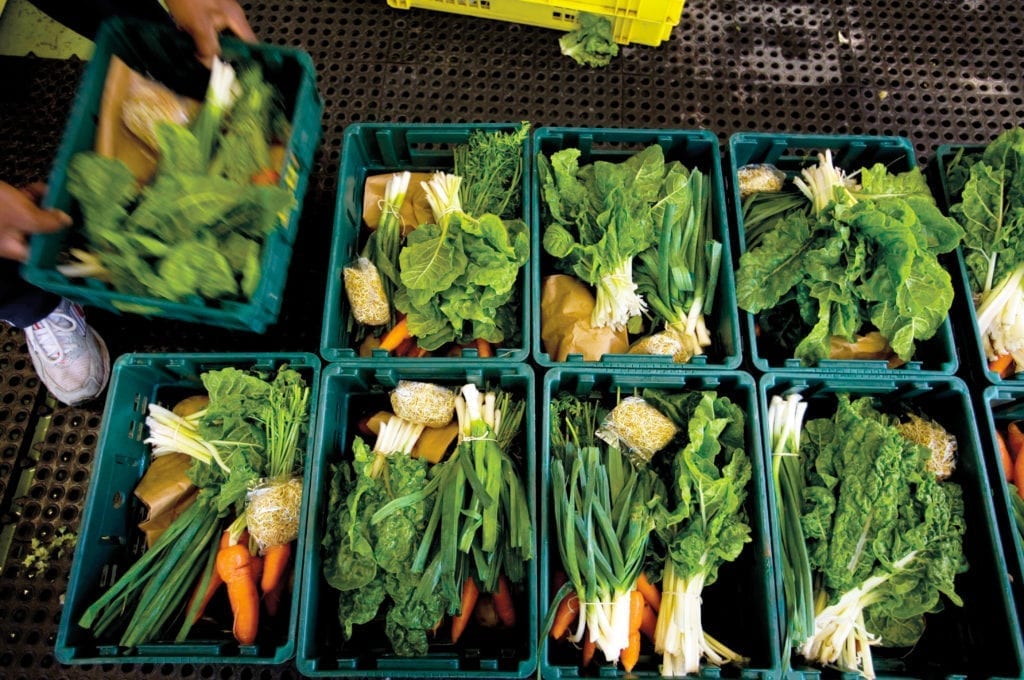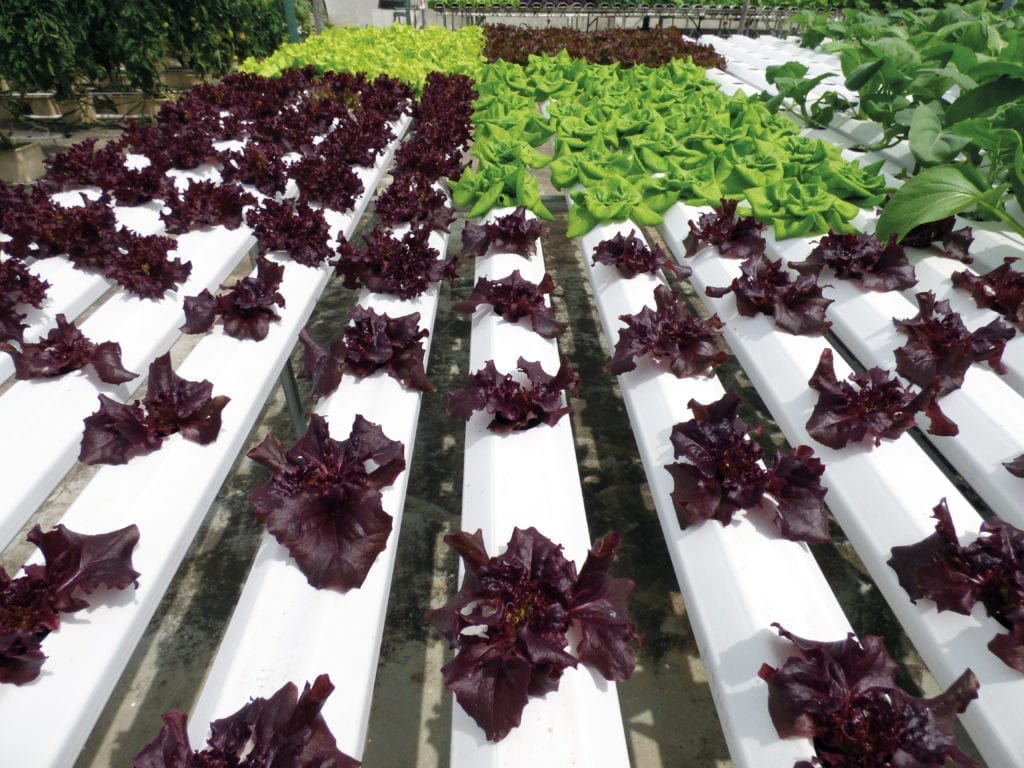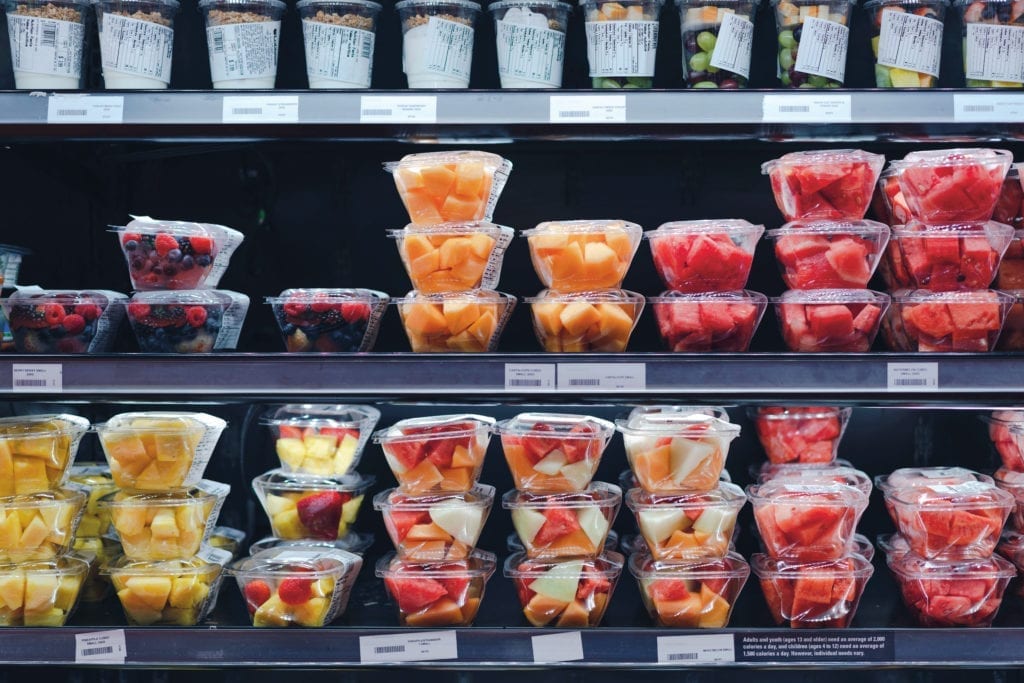Sustainable Agriculture: It’s Time to Get Informed
In our attempts to make agriculture and the food choices we make more sustainable – information is key. The COVID-19 pandemic has been an unfortunate distraction from what remains one of the most pressing challenges humanity faces, providing food for everyone, and without destroying the planet in doing so.
As with the response to COVID-19, the sharing of knowledge lies at the heart of our attempts to make our food systems more sustainable, and with it our individual food practices.
Now it’s time for us all to get informed.
Providing farmers with information, tools, and resources – such as GODAN (Global Open Data for Agriculture and Nutrition) and the Open Agriculture Journal – is the first step in towards developing more sustainable agricultural practices. This could branch out to providing information to retailers, manufacturers, and distributors, supporting the design of more sustainable supply chains, providing consumers with transparent information about the food we eat.
Implementing information distribution on such a scale had seemingly appeared impossible. Yet this past year has clearly shown otherwise, with the COVID-19 pandemic prompting a new and more urgent interest in sharing and mining existing data, and in pooling resources to develop powerful open access information systems. In knowing what is achievable, how can we transfer this enthusiasm for data to ensure it becomes a reality for sustainable agriculture?
Driving change through information
Numerous areas of the food industry are already driving change through information. Traceability solutions like Laava in Australia is allowing consumers and businesses to authenticate produce, as well as transparency software such as IBM Food Trust, which uses blockchain technology to improve transparency, standardization and efficiency throughout the food supply chain.
These solutions might be available, but only for those who can afford them. For smaller farmers in Asia, or rural communities in sub-Saharan Africa or Europe, funding a multi-thousand-dollar traceability system is simply not a viable option.
This technology needs to be shared. Bill Gates calls it ‘economic generosity’ – support of the developing world by the more advanced economic powers. Rather than thinking about how we grow our food, or who grows it where, we must focus on the infrastructure and community development behind the supply.
In Africa, the African Center for Economic Transformation is promoting a focus on the chain of process: land tenure, farming technology, markets and pricing. They are putting technology at the core of agribusiness, developing mobile apps as a means to reach farmers and to track data on land conditions.
The distribution challenge
Countless technological and traditional farming studies that investigate sustainable development have been conducted across many different fields within agriculture. But distributing this information to 570 million global farms is no easy feat. In developing collaborative projects like the research and policy influence of the Ceres2030 project, we can help draw a focus towards the support of small-scale agricultural infrastructure development, so that farmers can gain access to the vital tools and techniques they require to generate economically viable, sustainable farming systems.


Ceres2030 is a partnership of academia, civil society, and economists promoting a common vision: a world without hunger, where small producers increase their agricultural incomes and productivity, all while promoting sustainable food systems.
Once farmers have access to these resources they can refocus on their lands and communities, drive regenerative agriculture, and re-engage with the public – offering open access to information and traceability surrounding the food they produce.
A multi-dimensional approach
While the sharing of information is one of the key factors to facilitate change, a multi-dimensional approach is required to bring about sustainable agricultural systems that keep up with the ever-increasing challenge of feeding the world.
Today, the concentration of human populations in relation to agricultural outputs is another driving factor in finding more efficient solutions. What options can we depend upon to sustain this overwhelming boom in urban centers? In this case the technology already exists and is gaining momentum.
For example, vertical farming, using hydroponic, geoponic, substrate, and aeroponic systems, is creating a phenomenal transformation that offers year-round, low impact food production that can be grown in urban environments. This provides an ease of access to nutritional foodstuffs in densely populated areas. Yet still these kinds of technology are not being implemented on a large scale. Why? The bottom line is, agriculture, along with every other industry, is profit-driven, and economic powers do not like change, because change costs money.
Vertical farming is food production technique allowing for increased food production in a limited area. Instead of farming vegetables and other foods on a single level, such as in a field or a greenhouse, this method produces foods in vertically stacked layers, often in skyscrapers, shipping containers or repurposed warehouses.
This modern idea uses indoor farming techniques. The control of temperature, light, humidity, and gases make producing both food and medicine indoors possible. In many ways, vertical farming is similar to greenhouses where natural sunlight is enhanced by artificial means.
Much like in the 1990s when the energy industry refused to accept renewables as the future, we are witnessing the same now in big agriculture. Giants of the industry hesitating to deviate from highly invested industrial mono-cropping system, in favor of developing sustainable alternatives, because the infrastructure transformation will incur huge immediate expenditure. Jumping forward 30 years, we are seeing increasing public pressure on the energy industry to move towards clean energy. We need to see such change in agriculture also.

Rather than thinking about how we grow our food, or who grows it where, we must focus on the infrastructure and community development behind the supply.
Individual responsibility
When it comes to bringing about significant change, we usually turn to our governments, corporations, and policy makers, who together control much of the industry’s output. They are certainly important instigators, but not the key players. It is primarily down to public interest, awareness, and demand, that change will be made.
We, the public, are the driving force behind our sustainable future. As consumers, we choose what we eat, we support the producers and manufacturers of the products we buy. If we continue to demand non-sustainable, factory-focused produce, we will continue to receive it. It is that simple. Our actions define the demand behind the supply.
If people do not know, then people cannot act. Understanding and accepting our impact, our options, and the changes that need to be made is where our solutions can develop.

In focusing our food purchases towards more sustainably produced, local products, we develop an increasing demand for these food items. Where there is demand, businesses will supply. It is easy to forget that everything we eat has been grown, processed, packaged, and delivered. We rarely stop to think about that process, growing accustomed to this ease-of-access, somewhat ignorant of the impact our daily consumption carries. As a result, our current food choices continue to drive many of the environmental, nutritional, and socio-economic challenges we face.
The good news is, we are also the ones with the power to reverse this. By demanding transparency, observing traceability, holding non-sustainable companies accountable by targeting our food purchases towards more sustainable businesses – these will be the defining factors in successfully bringing about change.
We, the public, are the driving force behind our sustainable future.
This past year has presented countless challenges. Our entire lives have been altered to accommodate change in a way we previously could not have even comprehended. This demonstration of public acceptance towards necessary solutions, in such immediate circumstances, is evidence that we can work together, share our knowledge and information, and make the necessary sacrifices to achieve radical change.